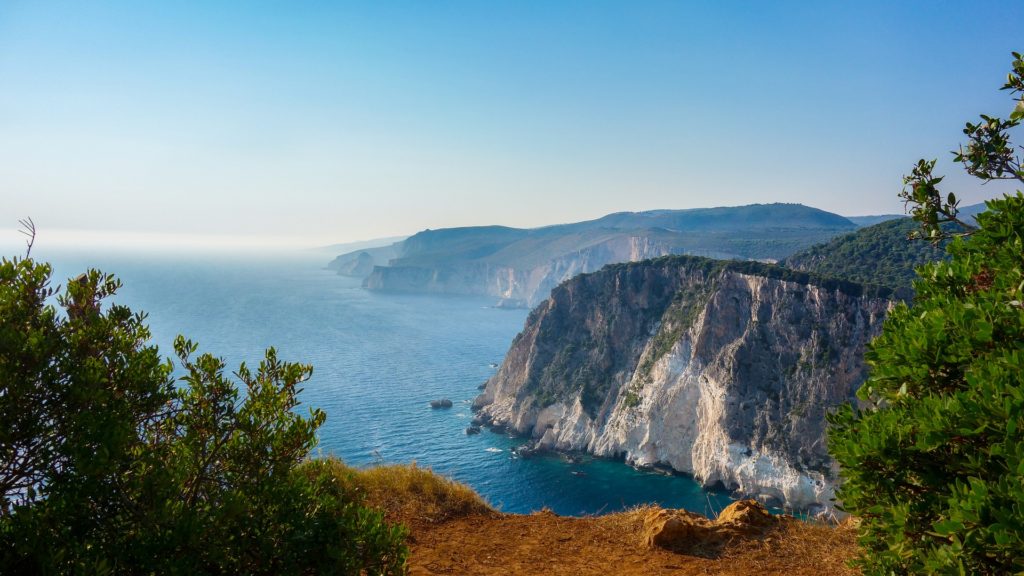
The Greek islands have their unique charm, traditions, and beauty. Not to undermine the other islands, but Zakynthos deserves to be in the spotlight. It’s located in the Ionian Sea and is part of the Eptanisa Group of Islands. How well do travelers even know Zakynthos? Here’s an insider’s look into the reasons it is our go-to Summer island this year.

Navagio Beach
Navagio “Shipwreck” beach claims to be one of the most beautiful beaches in the world. This magical view from the cliffs makes it quintessentially greek.

Mantolato “Nougat”
Mantolato (Nougat) is a traditional dessert that comes from Zakynthos. You have to try it! There are dozens of outstanding producers, and they never disappoint. This locally produced nougat is made from egg whites, almonds, and a whole lot of honey. It’s not seasonal, so luckily for us, it’s sold all year round.

Churches
Zakynthos is home to several churches and monasteries. However, the astonishing thing about these glorious churches and monasteries is that they have influences from civilizations such as Venetian, French, and British. For those who seek a more spiritual tour and are interested in architecture, Zakynthos perfectly combines both. Thankfully, the churches were almost demolished by a devastating earthquake of 1953 but were rebuilt and are more incredible than ever.

Dionysios Solomos
Greece’s national Zakynthian-born poet who wrote the “Hymn to Liberty,” the first two verses of which became Greece’s national anthem. Solomos was born on April 8th, 1798, on the island of Zakynthos. Still, after the death of his father, his Italian tutor, Abbot Santo Rossi gained his custody and sent Solomos to Italy to continue his studies.
After having written the “Hymn to Liberty,” in 1844, Nikos Mantzaros, a Corfiot musician and friend of Solomos, set music to the poem. In 1864 the poem was made Greece’s national anthem. Just knowing the origins of this essential Greek poet and his role in Greece’s history, adds even more value to the island of Zakynthos; young enlightened minds contributing to the modern world.
By George Koletsos
